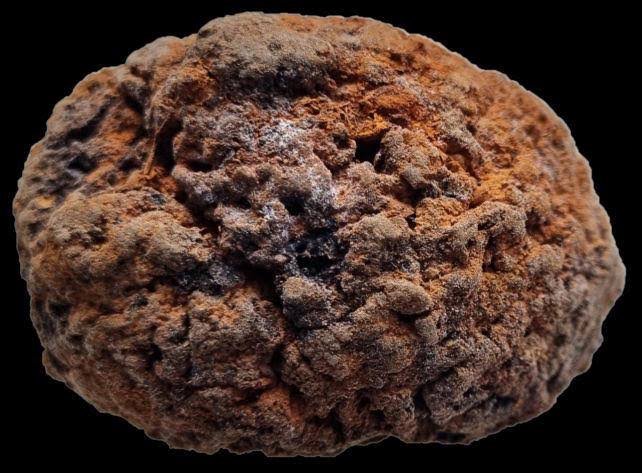Unraveling the Enigma of Naturally Preserved Human Brains

Unraveling the Enigma of Naturally Preserved Human Brains: A Fascinating Journey into Forensic Anthropology
In the realm of forensic anthropology, mysteries often lurk within the depths of history, waiting to be uncovered by intrepid researchers like Alexandra Morton-Hayward. One such mystery emerged early in Morton-Hayward’s career when she stumbled upon a paper documenting a 2,500-year-old brain preserved within a severed skull. Intriguingly, this paper referenced several other instances of naturally preserved brains. Curiosity piqued, Morton-Hayward embarked on a quest for knowledge, unearthing a staggering twelve such cases. Strikingly, each paper portrayed these preserved brains as a unique and exceptional phenomenon, sparking Morton-Hayward’s determination to delve deeper into the enigma.
Morton-Hayward, hailing from the University of Oxford, and her esteemed colleagues unveiled their findings in a report published on March 20 in Proceedings of the Royal Society B. Their research has yielded a remarkable archive comprising 4,400 human brains preserved within the archaeological record, with some specimens dating back nearly 12,000 years. Among this trove are brains retrieved from diverse backgrounds, ranging from North Pole explorers to Inca sacrificial victims and soldiers of the Spanish Civil War.
Contrary to the prevailing belief in their rarity, it appears that naturally preserved brains are more abundant than previously assumed. Yet, despite their ubiquity, these remarkable specimens have largely eluded extensive scientific inquiry. As Morton-Hayward aptly observes, the perception of these brains as precious and irreplaceable artifacts has deterred researchers from subjecting them to thorough analysis. Astonishingly, less than 1 percent of the archive has undergone scientific scrutiny, leaving vast realms of potential knowledge untapped.
A pivotal aspect of the research involves discerning the factors that shield these brains from decay over millennia. By correlating the geographic origins of the specimens with historical climate data, Morton-Hayward and her team have uncovered compelling insights. It appears that over a third of the preserved brains endured through processes of dehydration, while others were preserved through freezing or tanning. The resulting textures vary widely, ranging from desiccated and brittle to pliable and tofu-like, contingent upon the prevailing environmental conditions.
Of particular intrigue are the brains discovered within skulls devoid of any other soft tissue remnants, such as skin, kidneys, or muscles. Morton-Hayward vividly describes these eerie specimens as “shrunken perfect little brain[s] rattling around in a skull,” adding another layer of mystery to their preservation.
The question of why brains persist while other soft tissues degrade remains a tantalizing puzzle. One potential explanation lies in the unique chemical composition of the brain, characterized by a balanced ratio of proteins to lipids, unlike other soft tissues. This equilibrium may play a pivotal role in preserving the brain, especially when exposed to metals such as iron, which could catalyze the fusion of proteins and lipids, enhancing their durability.
Buoyed by these revelations, Morton-Hayward and her team are now leveraging cutting-edge tools to delve deeper into the molecular interactions underpinning brain preservation, unraveling the intricate mechanisms that have safeguarded these enigmatic relics across millennia. As they continue their pioneering research, the mysteries concealed within these ancient brains promise to unveil profound insights into the mysteries of human anatomy and evolution.


